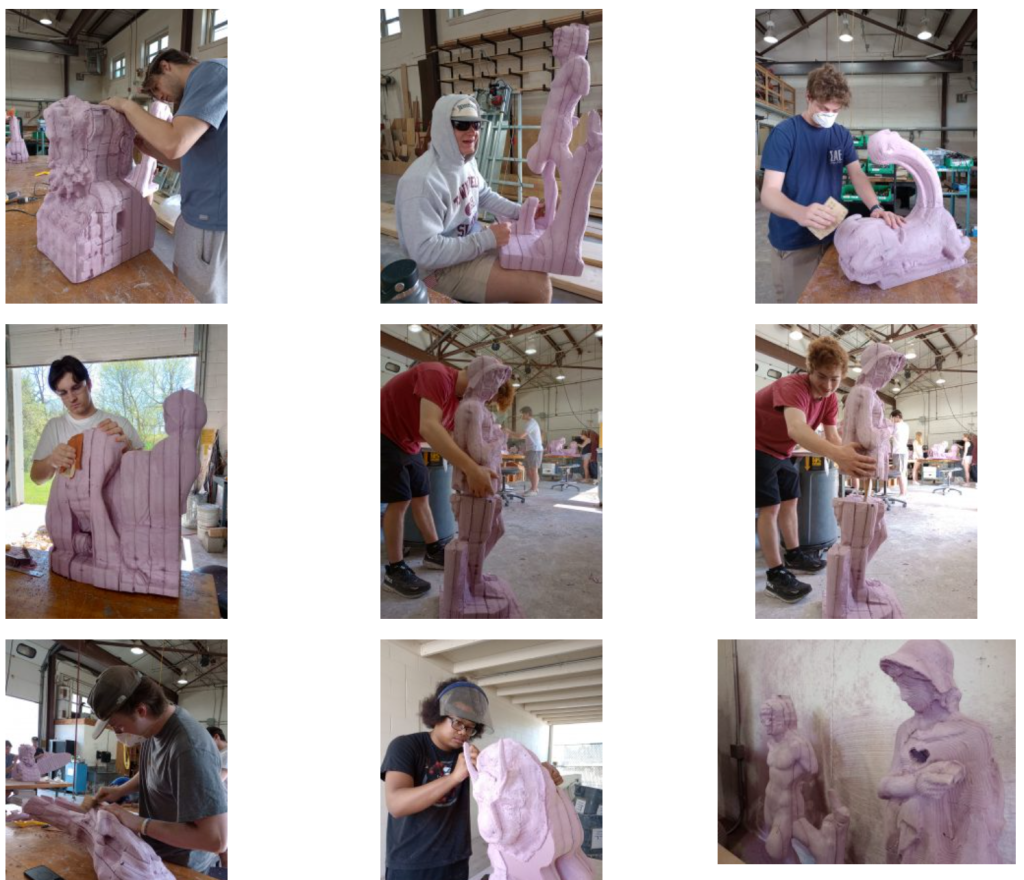
Untitled


The day my sister was born: May 25th, 2004.
My parents were in the hospital so both sets of my grandparents stayed at my house with me until we got the call that my sister was born. My grandparents asked me what I wanted for lunch and I answered with Spinach pie from Georges. So my four grandparents and I sat outside at the picnic table in my yard in the sunny 65 degree weather and ate our lunch on my parents china looking over the Chesapeake Bay. I remember the daffodils were blooming and it was the perfect spring day. I remember my sister was born shortly after we ate lunch and we went to the hospital. I was the only one that thought she would be a girl. I remember my mom holding a new baby and it was weird. The nurse gave me a cherry tootsie pop. That day felt like love.
Keywords:


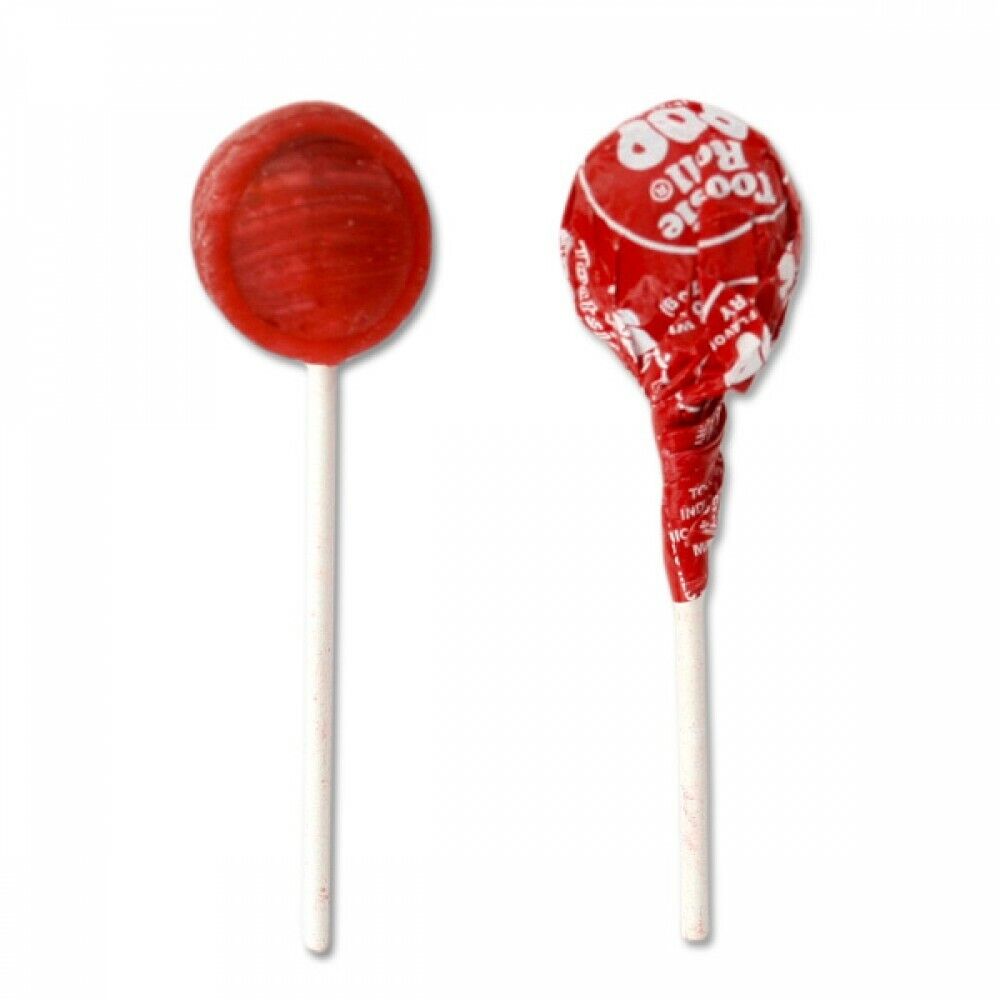
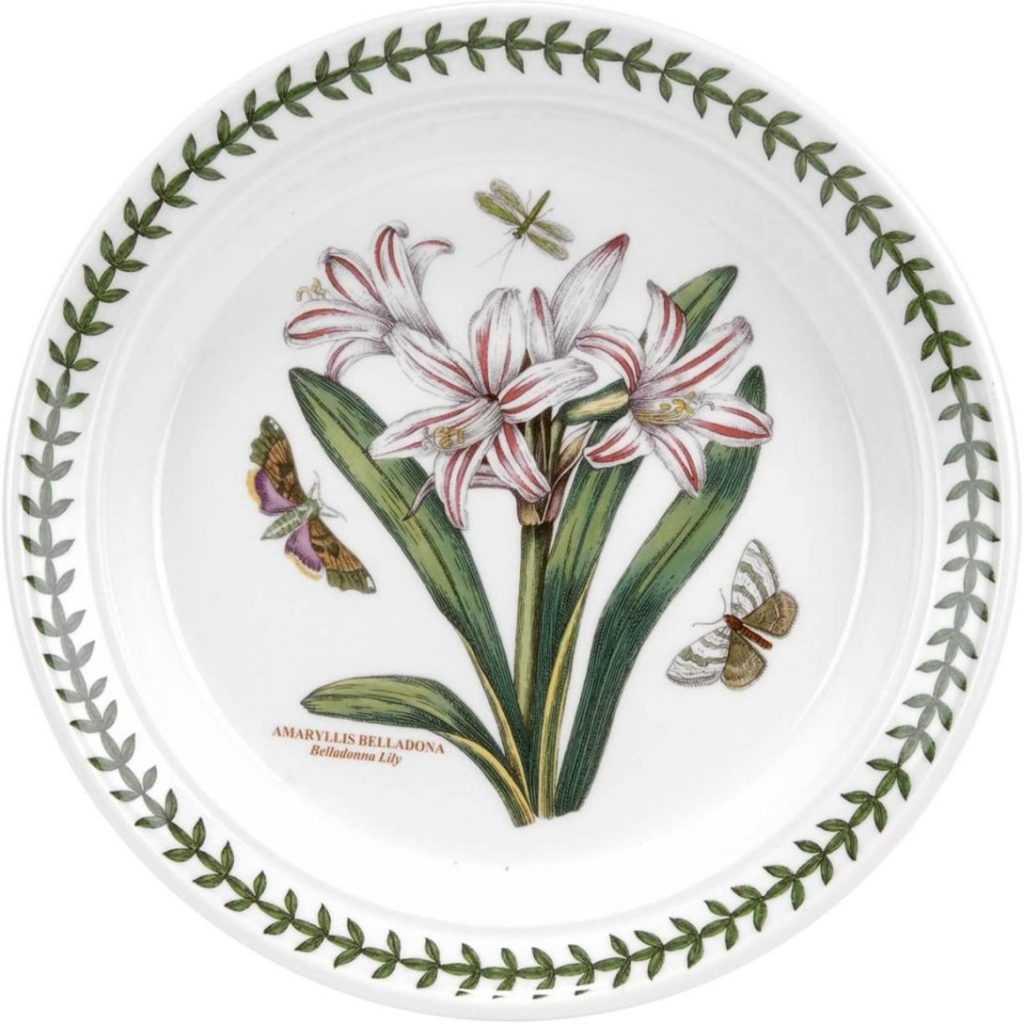

“Since at least the 18th century (in French and German as well as English), grotesque has come to be used as a general adjective for the strange, mysterious, magnificent, fantastic, hideous, ugly, incongruous, unpleasant, or disgusting, and thus is often used to describe weird shapes and distorted forms such as Halloween masks. In art, performance, and literature, however, grotesque may also refer to something that simultaneously invokes in an audience a feeling of uncomfortable bizarreness as well as sympathetic pity.” (from Wikipedia)
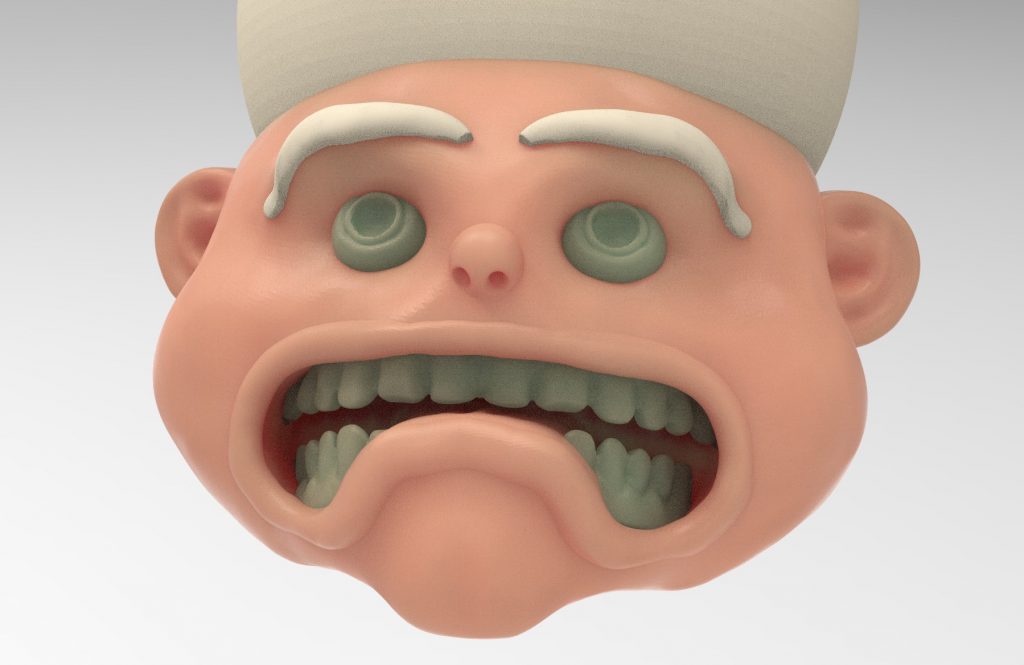
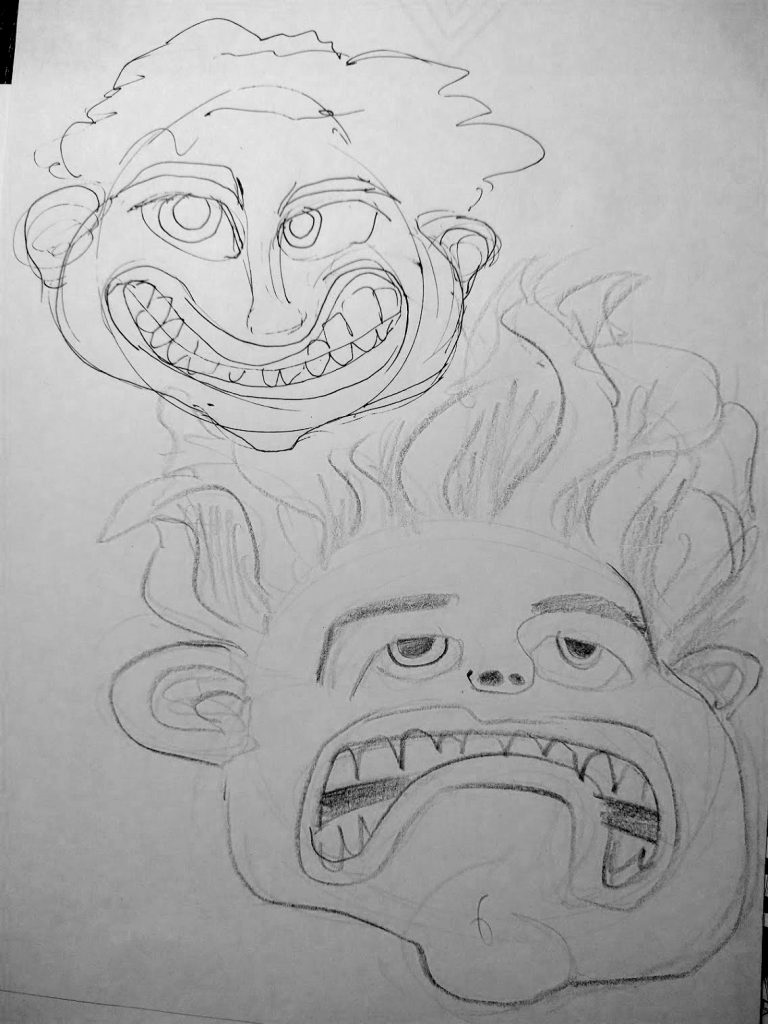
Google image search of “grotesques”.
Step 1) Draw a few sketches of grotesque faces.
Step 2) Watch Prof Meiser’s youtube introductory video on how to sculpt in Zbrush, and the video on making an example grotesque face.
Step 3) Sculpt a grotesque face of your own in Zbrush.
Upload images of your sketches and finished Zbrush sculpt to the PUBLIC class website.




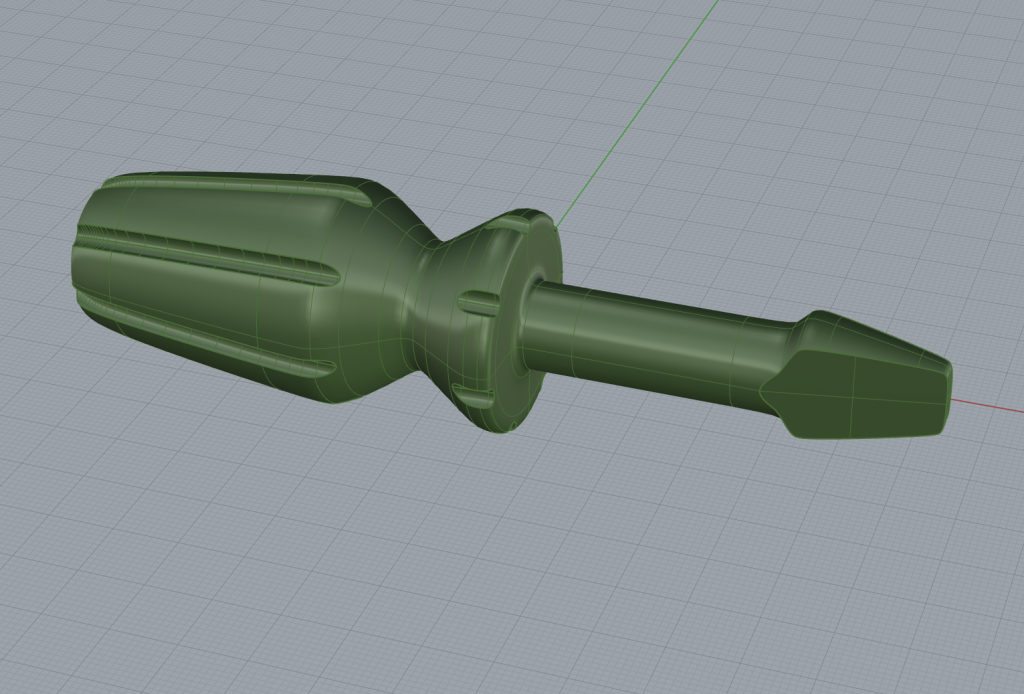

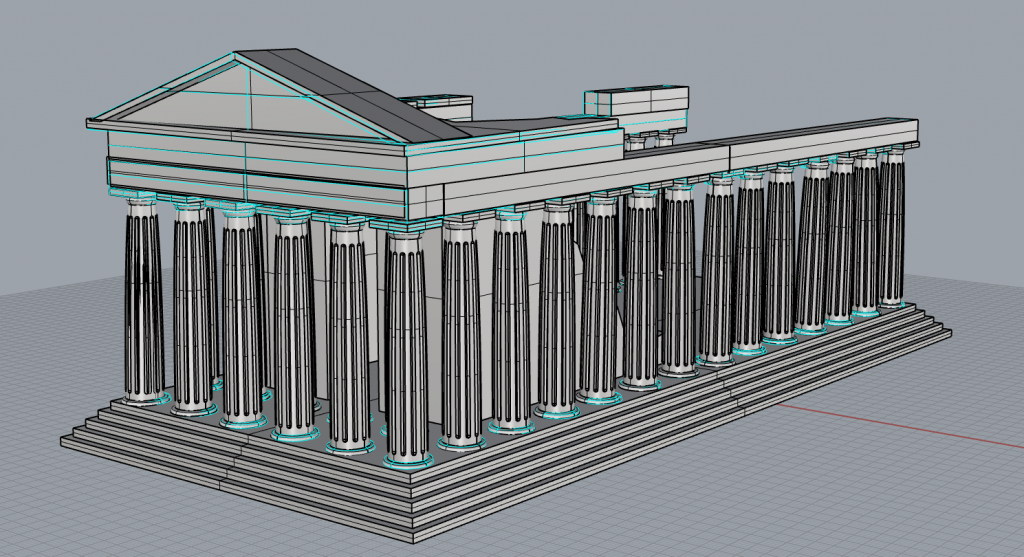

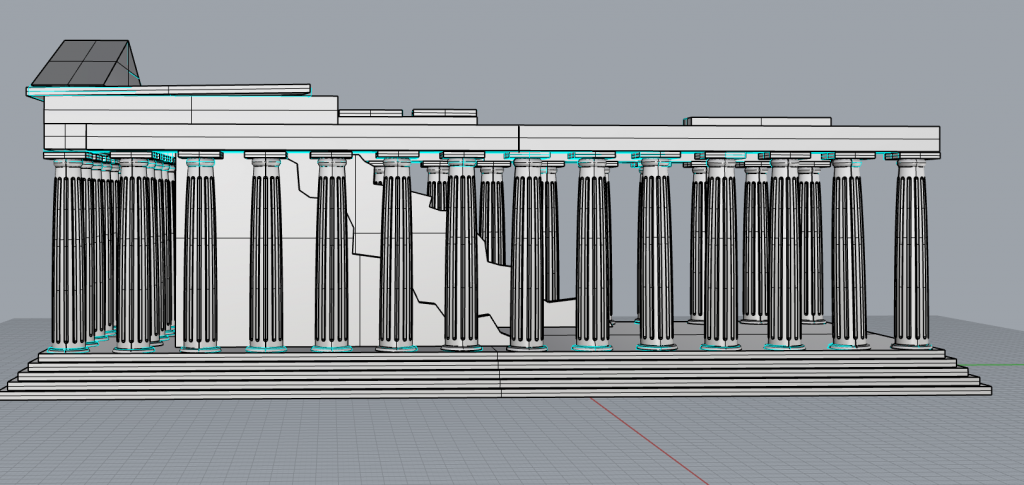
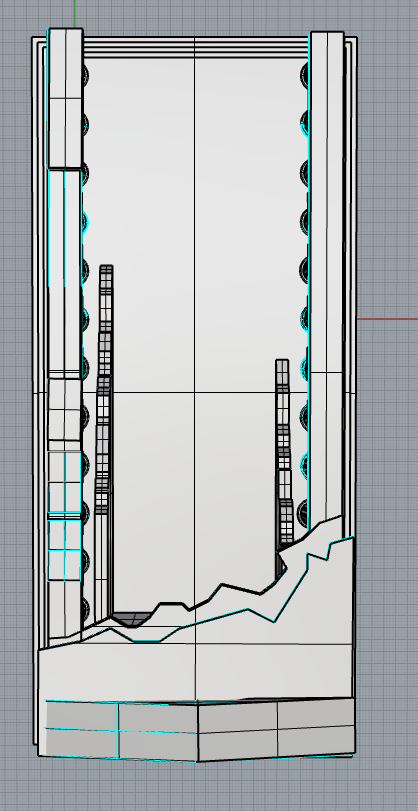
Your major: Mechanical Engineer
Please list a few of your interests, sports you play, or other activities you’re involved in (on or off campus): Baseball, Basketball, working out.
Why are you taking this class? What are you most excited to learn about? I really enjoyed working with the solidworks program freshman year and I’m excited to further my knowledge with digital design.
Email address: rlh037@bucknell.edu
Cell phone number: 2035176014
Cell phone service provider: at&t
Major: Mechanical Engineering
Interests: Construction, weighlifting, hunting, and fishing
Why are you taking the class? What are you most excited to learn about? I work with Prof. Torres on 3D printing research, and it has become something that I love to do. I am taking this course to approach this through a new lenses, that being an artistic one. I see this calling for creative thinking, and something that I can improve on and apply in the lab down the road. I am also excited to learn more about CNC routing and laser cutting as well.
Email: nm028@bucknell.edu
Cell phone number: 412-518-2467
Cell service provider: Verizon

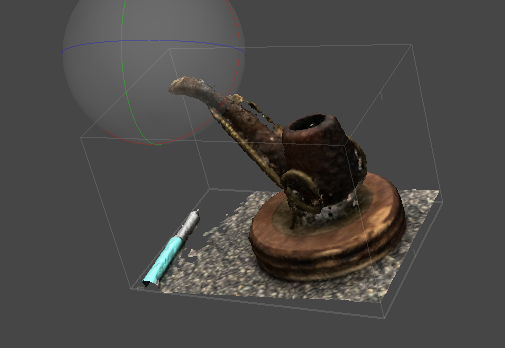
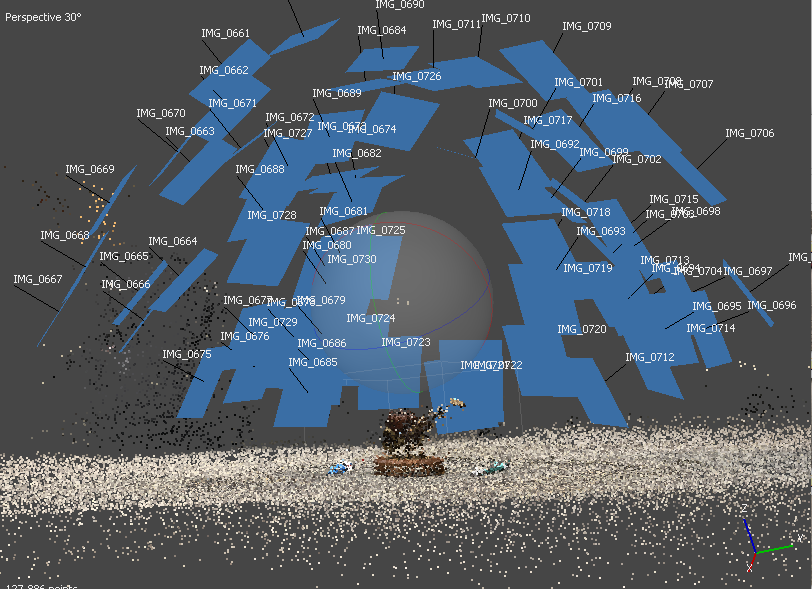
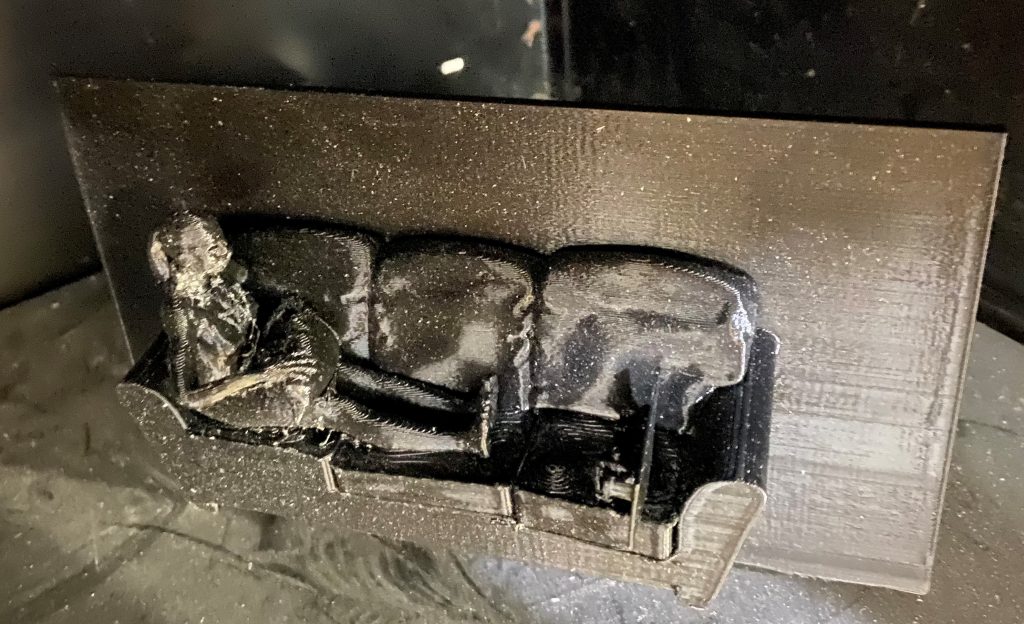
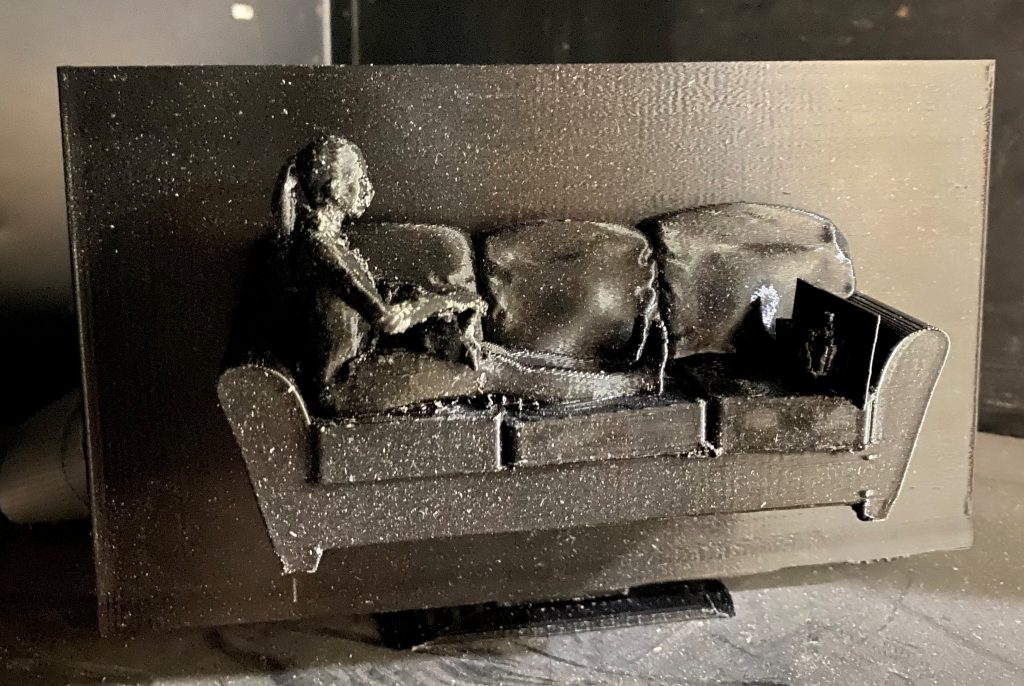
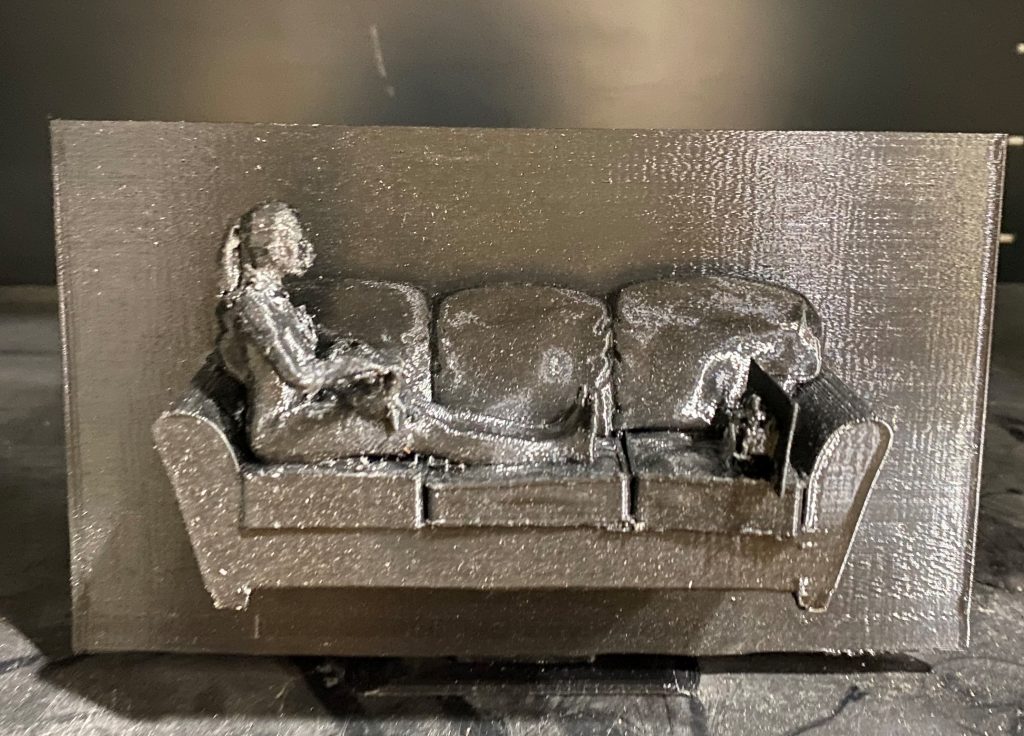

this is actually my third time doing this exercise because the program crashed twice on two separate days, so save your work people(:
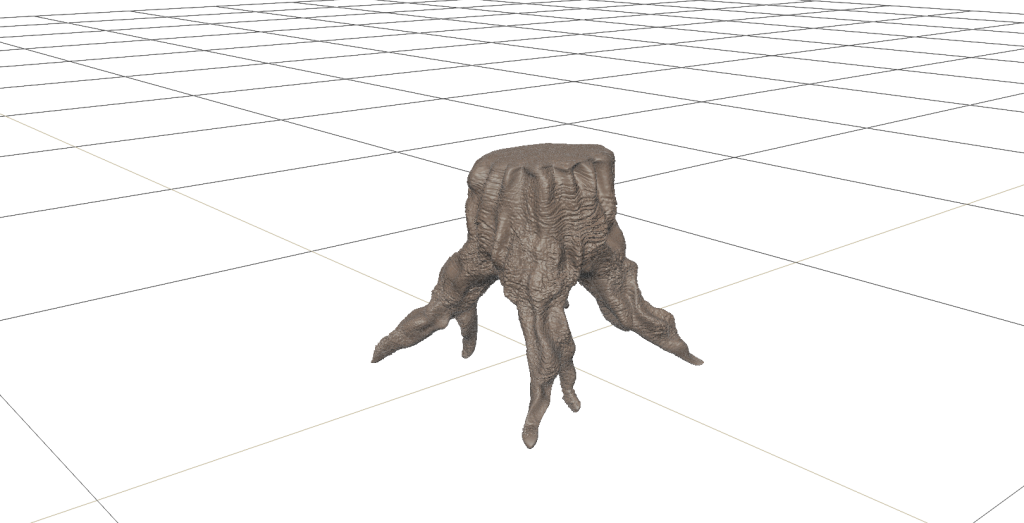
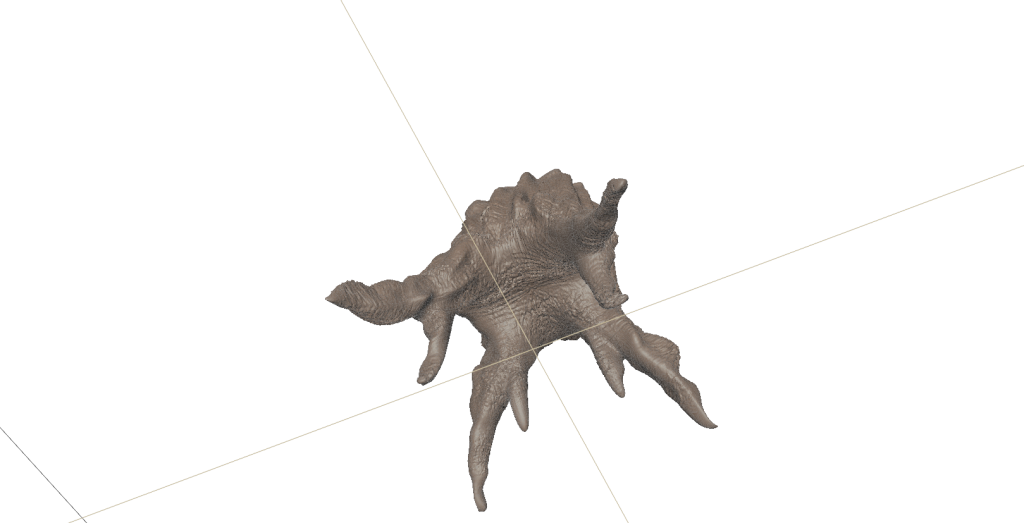
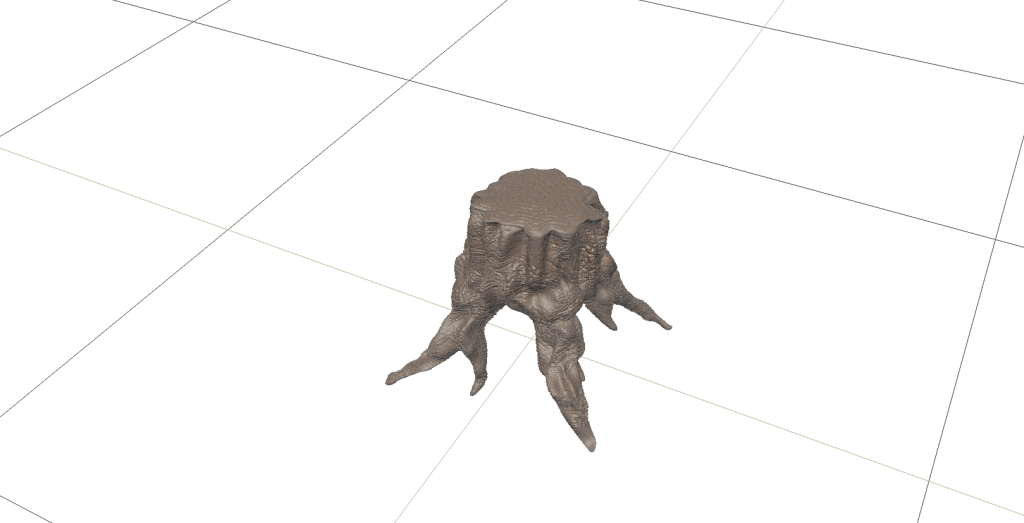
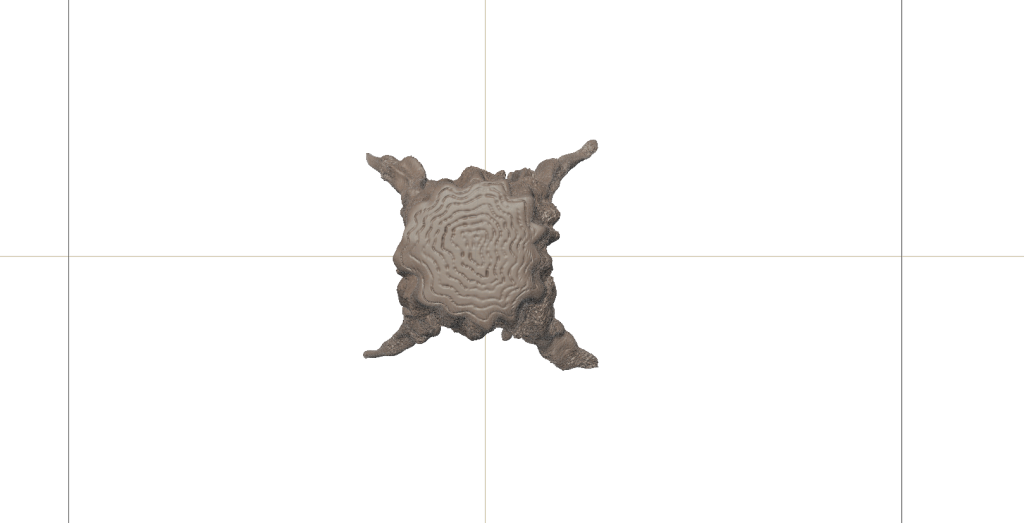
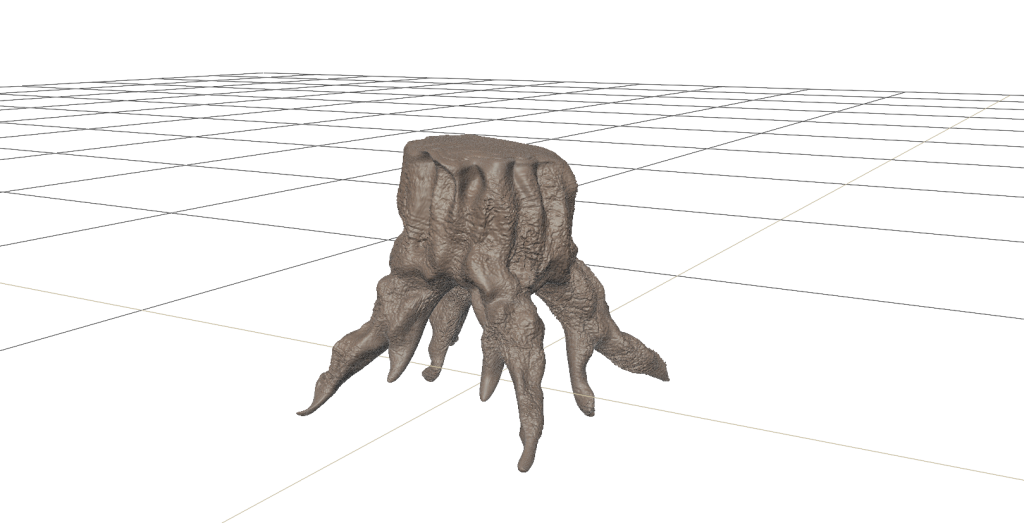
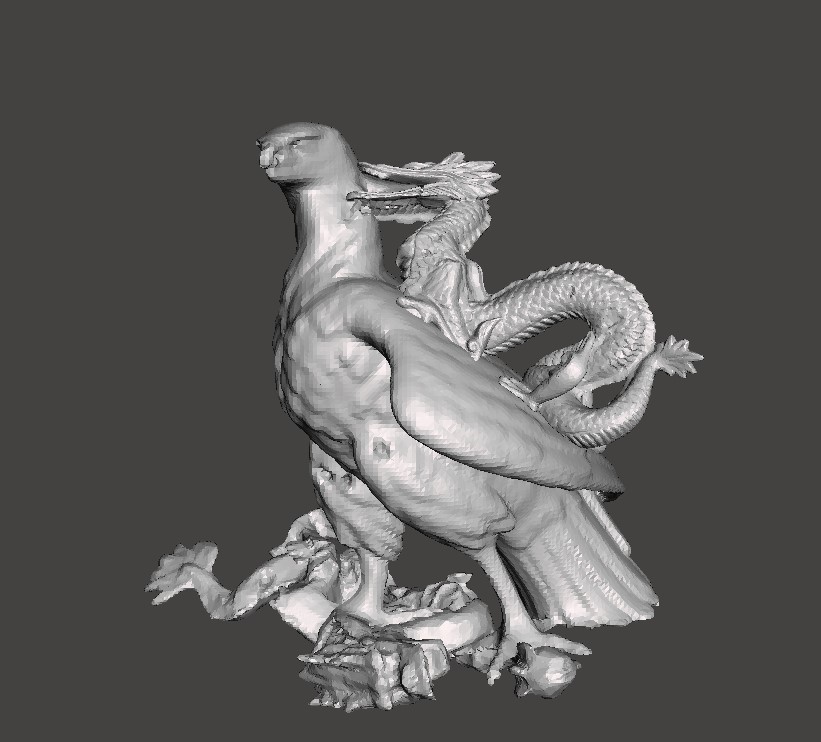
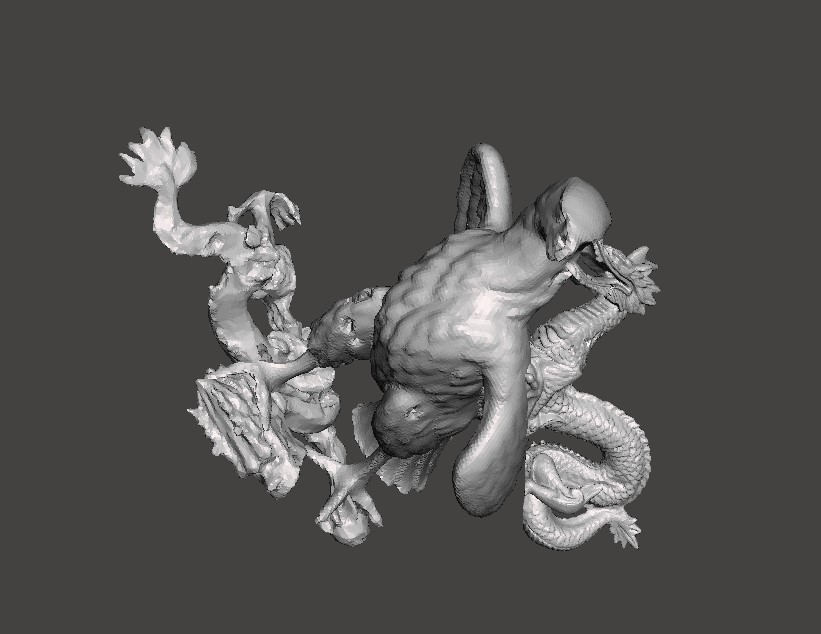
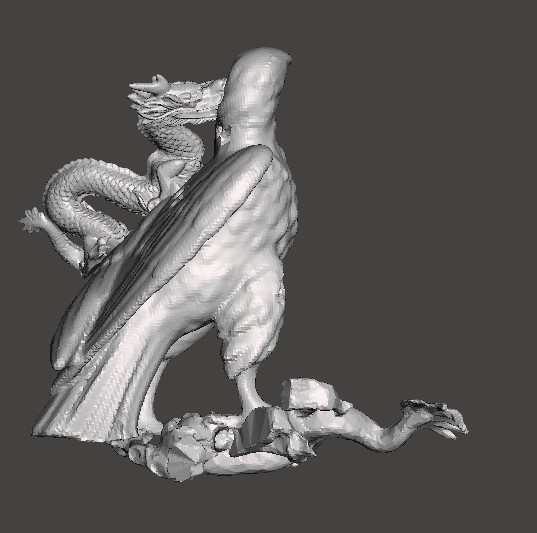
Paint the Piers – collaborative community art event
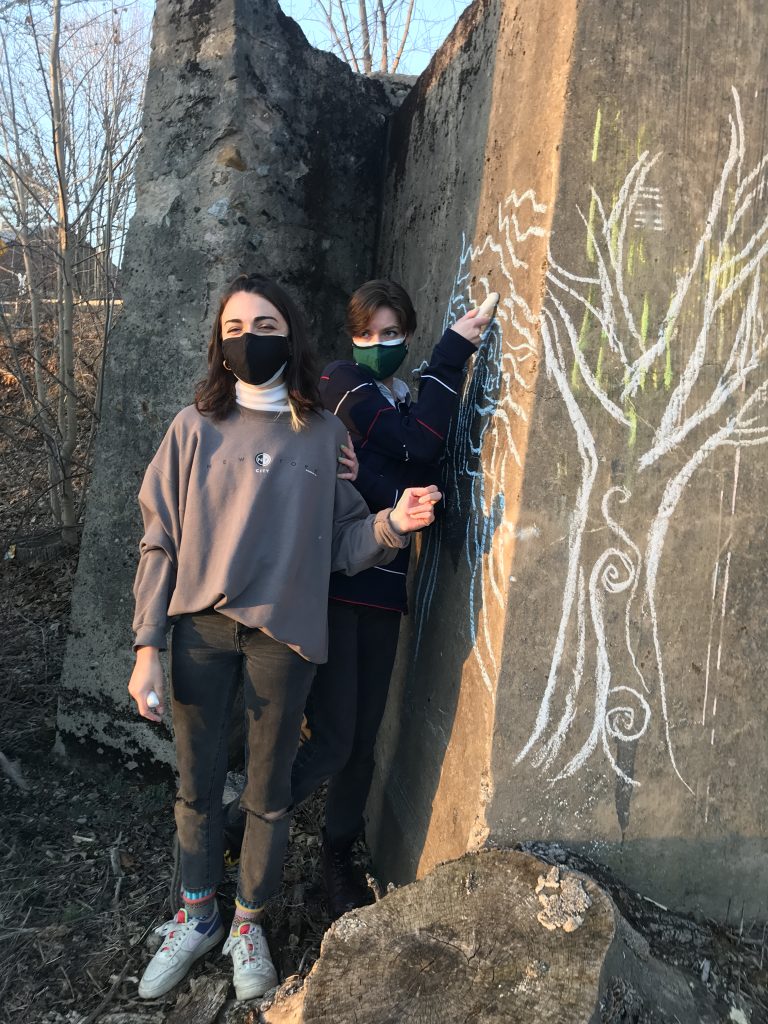
Art Report by Pranav Rallabhandi
1) Immediate Response
My immediate response to the piece is that it looks like an odd plane crash. The plane looks like it has slammed into the ground at an angle, causing the body to crumple and bend. The issue is that this specific design is all still intact while a plane crash like this should break into pieces. The plane looks like an old world war 2 type plane which makes me think that’s part of the message of the piece. I do find it odd that the greenhouse in the plane is lit with purple light which is a rather unnatural color of light.
2) Objective Description
The artwork depicts a full airframe model of a Northrop Grumman S2F tracker torpedo bomber. The left wing of the plane appears to be in the folded position that the plane would have when parked on an aircraft carrier. The plane however looks like it has crashed rather than landed. The body and tail of the plane are sticking out of the ground with a pitch angle of 45 degrees and the cockpit is flush with the ground, with severe crumpling just forward of the wings. The plane appears to have been rolling 90 degrees when it crashed. There is an unearthly purple glow emanating from the bomb bay, which has been converted into a greenhouse.
3) Technical Decisions
Building the structure out of an actual warplane brings with it the connotations of conflict and the costs associated with it. The unnatural angle of the crash along with the plane’s purpose gives the impression that it was shot down and is now debris. The piece is presented in an outdoor setting, specifically in front of a building. This gives the impression that the work is alluding to the urban bombings of WW2 and similarly the fears of nuclear bombing of civilian centers during the Cold War. This is emphasized by the fact that the building behind it is a red brick structure which looks like it belongs in the same era.
4) The Work in the World
The Grumman S2F was a US navy plane during the Cold War, a time where fears of total nuclear annihilation caused by human violence were at an all-time high. This colors my perception because if it had been a regular commercial aircraft, I wouldn’t be thinking about what it was carrying as much but in this situation, it makes me wonder if the plane might have been carrying a nuclear weapon. The plane being crashed in a city reminds me of the city bombing campaigns of WW2 like the blitz and Dresden, which makes me think that the payload may have been intended for the city where the art is located.
5) The Story it Tells
My impression of this work is that it tells the story of a potentially nuclear war. During the conflict, this plane was shot down and crashed in this city as debris. The replacement of the bomb bay with a greenhouse indicates a shift from the unnatural and destructive to the natural and an effort to rebuild, making the story one of turning swords into plowshares. Even with this change though, the plane still leaves a scar on the earth and emits a sickly purple glow, indicating that turning weapons of war to peace does not fully remove the scar they leave behind.
I don’t want to discuss a specific event but rather a period of my life. I want to focus this project on my sophomore through the end of my junior year and my struggle with gluttony throughout it. I have had a difficult scrap with regulation throughout that period, specifically with substances like alcohol and nicotine as well as shopping and food. I think of this as a rather destructive cycle of myself consuming as much of these things as I could endure. At the very height I was drinking a handle, and a pack of cigarettes a day as well as buying as much clothing and eating as much as I could hold. It took a lot of self reflection and therapy for me to break out of cycle of destruction and I have cut my consumption of all these things down to a very healthy level. I realized that these things had a profound impact on the people that I care about around with as they watched me descend into a pit of misery. It was quite a difficult thing to achieve but I have come out the other side much healthier. Other than the clothing I have from this era I don’t have any of these items on hand as they serve as temptation to repeat the cycles that I have fought to break.
Keywords: Alcohol, Handles, Tequila, Cigarettes, Pack, Light, Nicotine, Clothing, Shoes, Gluttony, Intake, Regulation.
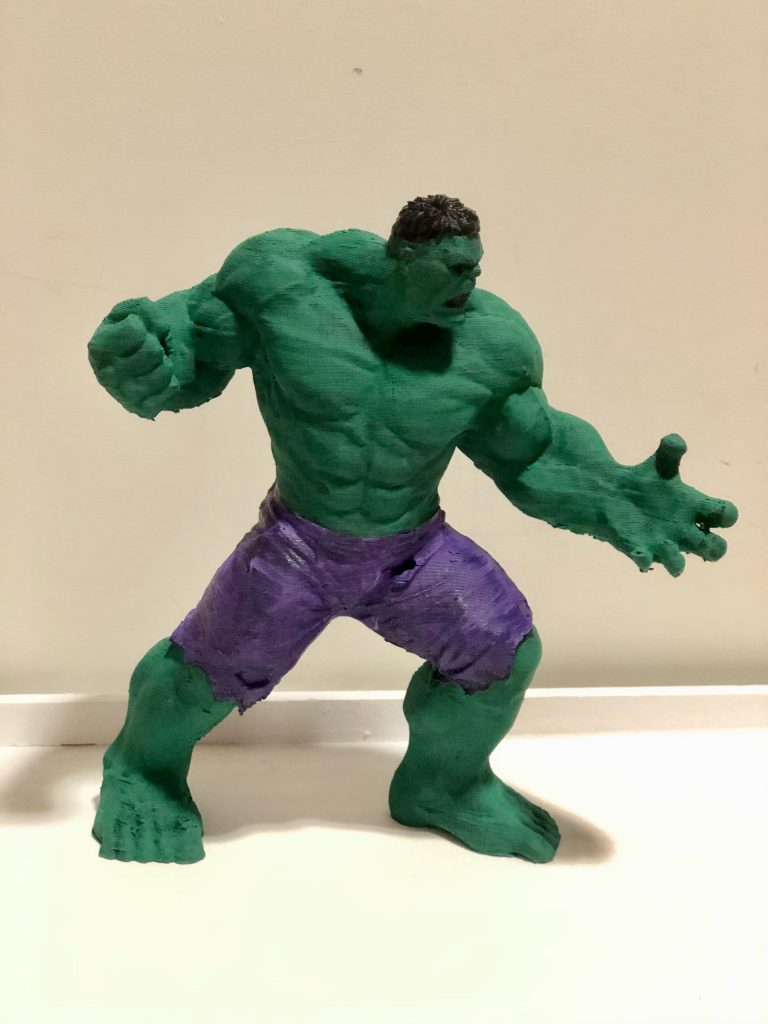
In a typical semester, students enrolled in Digital Fabrication attend art events on campus in person to satisfy the artsxpose requirements. Because of COVID restrictions, many art events may be canceled. In light of the limited options this semester, students may satisfy an artsxpose requirement by watching an episode of Art21 and posting a written response. Instructions are below:
<1> Go to the Art 21 website (http://www.pbs.org/show/art-21/episodes/) and watch one hour-long episode. Choose the episode you find most interesting. (Note that there is a dropdown menu in the upper right part of the screen where you can select other seasons — there many episodes to choose from.)
<2> After you’ve watched the episode, submit a thoughtful ~ 200-word response to the class website in the “artsxpose” category. Describe what was covered in the episode and tell what you found interesting, surprising, and/or challenging about it.
Students should satisfy two artsxpose requirements in the first half of the semester, and two in the second half. Watching one episode and submitting the written response counts for one artsxpose.
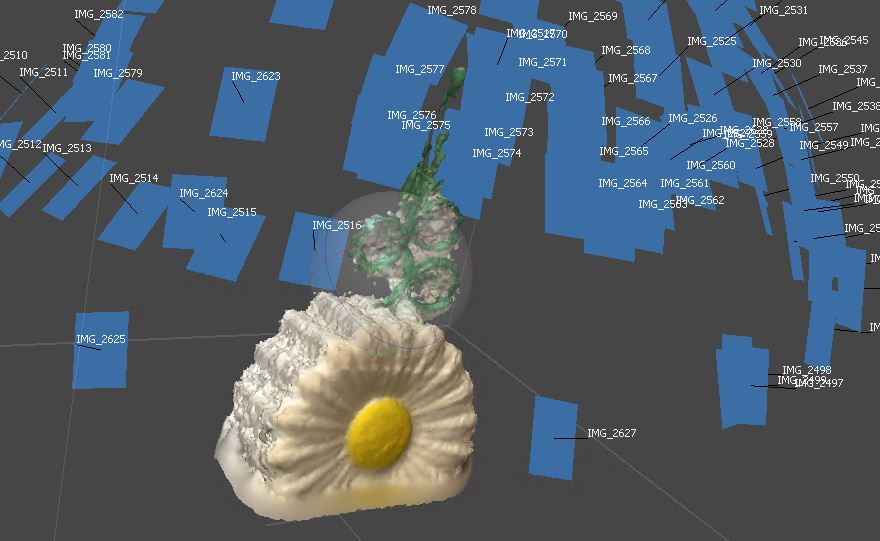
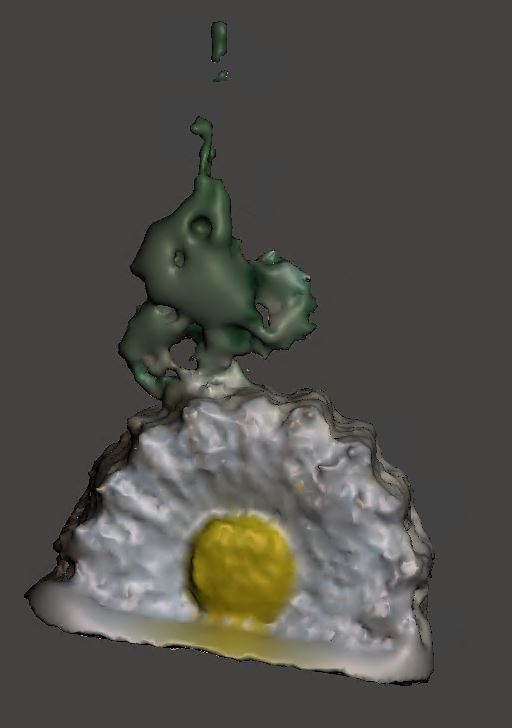
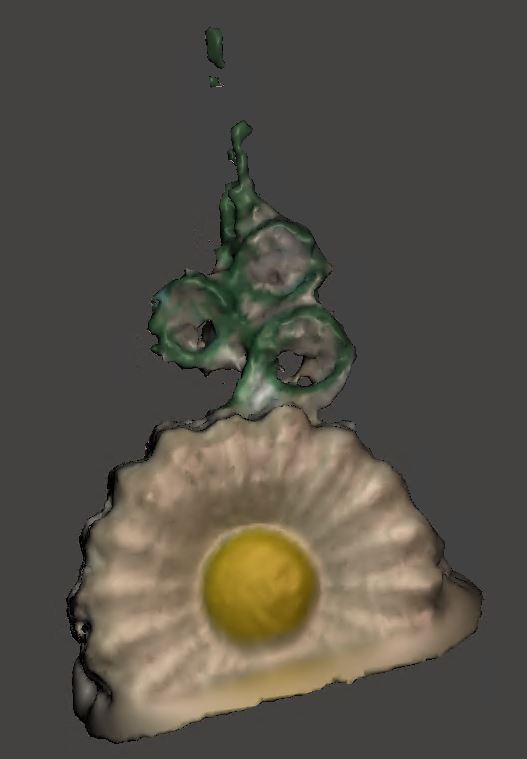
Luke Aleckson is the department chair, and associate professor of art and design at the University of Northwestern St.Paul, and his work focuses on extracting information from surfaces. David Bowan is a professor of studio art at the University of Minnesota Duluth, and his work mainly focuses on kinetic, robotic, and interactive sculpture work. Shane Hope is from New York City. His work combines 2D painting with 3D printing by using the atomic structure. Mary Bates Neubauer is a professor of sculpture at Arizona State University, and her work is about using data visualization to create intriguing forms. Dan Tussini is a sculptor and multimedia artist, and his work focuses on gathering complex patterns found in nature that relate to the manufacturing world.
I found David Bowan’s data collection process very interesting. Being able to scan and 3d print objects in real-time could bring lots of possibilities for future applications since it skips the process of uploading data to the machine, which might boost the efficiency of the 3d printing process. Also, I think it’d be cool if he could bring the ocean surface’s movement to the machine he created in real-time. However, one thing that I was not impressed with his ocean surface project is the lack of purpose. He simply transformed the picture taken from his drone to cylinders by using 3d software. In comparison, Neubauer’s last introduced piece in the video is both an interactive art piece and a work that has practical value by reflecting real-time data from the environment.
Step 1
I want to protect myself from cancer, air pollution, worrisome thoughts, bullets, hacker attacks.
I wish to become taller, stronger, smarter, immune from viruses and have high mobility.
The human brain is what makes us the most advanced species on this planet. However, compared to the power of our brain, our physical capability is very much limited, and I’m interested in exploring the idea of breaking our physical limit in a way that would make our lives easier and more efficient. In this project, I decided to focus on designing a wearable artwork that could improve human mobility to accommodate the fast-paced contemporary lifestyle. To achieve that, this wearable artwork, which is a pair of transformable mechanic shoes, could help people run faster, jump higher, and walk effortlessly. Enabled by this technology, people can travel long distances and explore dangerous terrains within a short period of time without relying on transportation. Besides, a large-scale application of this technology will also help reduce traffic.
10 People/Places/Things that are associated with the project: shoe, businessman, climber, transformable device, suburb area, mountain, mini ejector, public transportation, sidewalk, highway, auto-wheel.
Step 2
I like the minimalist design and the mechanic texture of this work
Step 3